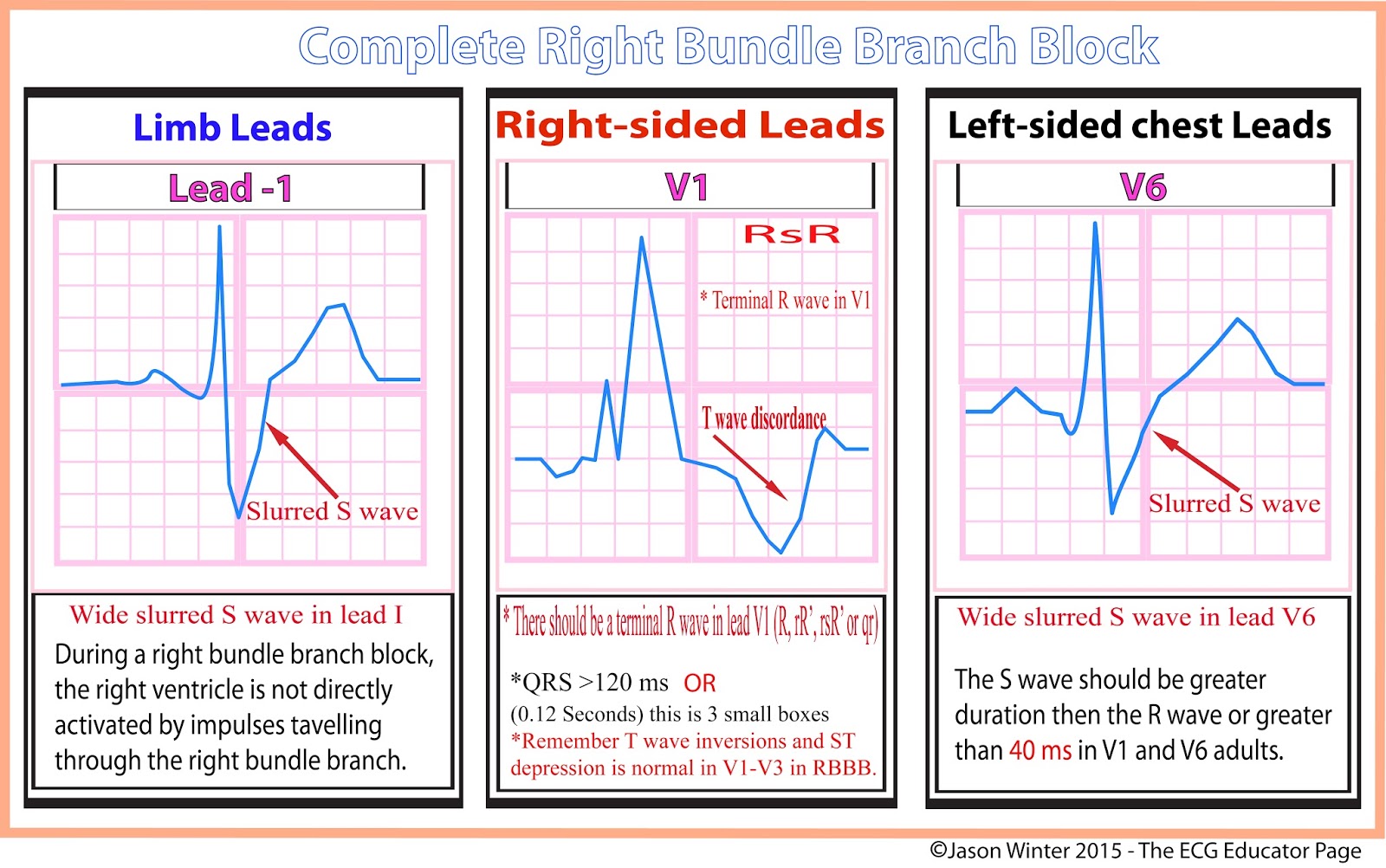

Surgery is effective at relieving pain, eliminating spinal cord compression, and maximizing chances for patient recovery. The material is removed, relieving the spinal cord compression and allowing healing to take place. Surgery involves creating a small window in the bone around the spinal cord to gain access to the disk material. Myelography and surgery are indicated for all dogs that have failed to respond to medication, and for those that have more severe or progressive symptoms. Cervical IVDD patients with even mild neurological dysfunction are considered surgical candidates. Oral anti-inflammatory medications and cage rest are reserved for dogs with mild signs, and often result in improvement within 48 hours. Treatment varies with the type of symptoms present. The Treatments for Canine Intervertebral Disk Disease The severity of the symptoms varies from mild weakness to complete paralysis with an inability to feel pain in the affected limbs. Spinal IVDD patients can present with sudden or progressive rear limb weakness.Pain in the neck when moved or touched, a tense neck, limb weakness and wobbly gait can all present on examination. Less frequently, they will have forelimb lameness caused by a pinched nerve. Cervical IVDD patients usually have a history of painful behavior accompanied by crying out without apparent reason.The symptoms you report in your dog as well as our physical examination help us localize the IVDD to certain areas of the spine. Dogs with cervical IVDD often have severe pain alone.

Dogs with spinal IVDD usually have neurological dysfunction (weakness, inability to walk, etc.) and pain. The two most common locations of IVDD are thoracolumbar (mid-spine) and cervical (neck). Without this cushioning, rupture of the disk and subsequent spinal cord trauma occur (Fig. IVDD is most common in short-legged breeds (dachsunds, beagles, etc.) These dogs have been bred for their short stature, which makes them more prone to degeneration and hardening of the soft center material of the disk that normally serves as a shock absorber (Fig. With proper attention, many dogs with this painful and debilitating condition can recover to a comfortable and more active lifestyle. Intervertebral disk disease (IVDD) is the most common cause of spinal cord injury in dogs. This rupture leads to damage to the spinal cord. These disks are subject to a number of degenerative conditions and forces that predispose them to bulge or rupture over time. Intervertebral disks are the “cushions” in the space between spinal vertebrae.


 0 kommentar(er)
0 kommentar(er)
